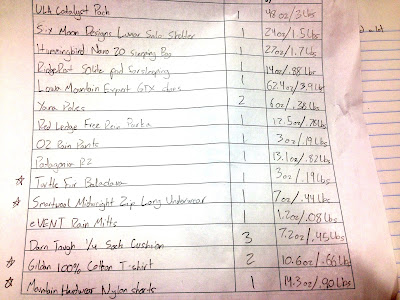Pinyons
By Jacob Penick
He is a tree
which can survive in places no other trees could. His group of trees, a wide
carpet of pinyons on the desert floor, stretches and fingers its way through
the sharp, rocky top of the Colorado plateau before dropping off into the Grand
Canyon. He is young, living for a mere 50 years on this earth while his
neighbors around him grow near 250 years old. The pinyons are a quiet bunch,
living in a peaceful solitude amongst one another. Being young, he grows tall
and straight, reaching his thick needles out as far as he can in any direction.
His surrounding, more ancient counterparts grow stout and twisted, constantly
barraged with strong wind and wood-warping lightning. Lightning strikes really
do a number on desert pinyons, twisting them beyond recognition, and he knew it
was only a matter of time until he was struck.
It has been a
while since the last desert rain, and although the desert pinyon is accustomed
to a drier climate, he longs for a nice, cool rain. Rain is not common in his
home, but when it does bless the parched ground, it falls fast and hard,
eroding the soil away from him. This makes rooting troublesome for him and his
neighbors, as the rain constantly moves soil away from their roots, exposing
them to the environment. Pinyon Jays often visit him, plucking endlessly at his
branches to gather the seeds he produces. Every fall, he drops cones full of
seeds, spreading them out on the orange, rocky ground in hopes of producing new
pinyons. Hope. This is his emotion. All he has is hope. Hope that the rain will
come, hope that his seeds will be successful, hope that the lightning doesn’t
warp his trunk, and hope that fires don’t take his life.
This afternoon
is particularly dry. The hot sun blazing overhead makes him feel as if the
drought will never end. The memories of the last rain are gone, and each tree
struggles to pull nutrients from the dry air and sap them from the equally dry
ground. He feels the distress of his ancient neighbors, but they have
persevered through many droughts before and will likely survive this one too.
He himself also worries. He worries that his beautiful teal needles will wither
to a sad yellow, worries that the Pinyon Jays will not have any nuts to eat. He
is a selfless creature, whether he is conscious of it or not, constantly
producing food for the Jays. His hope for rain declines as his needles vainly
test the dry air for any moisture. Night would soon fall, placing the harsh sun
beneath the rocks and cooling the air. This was a constant comfort to the
pinyons, knowing that a cool night always follows a horribly hot day.
The sky got
darker than usual as evening fell, turning wonderful shades of blues and
purples and even some greens. These colors could only mean clouds. Clouds out
of the Southwest. He hoped the clouds would fall from the sky on his pinyon
forest, drenching him, his neighbors, and the soil in a sweet night rain. The
clouds grew taller as they rode the westerly wind, but he and his neighbors could
hardly tell from the pitch blackness of the new-moon night that surrounded
them. All they could see were the stars in the wide sky slowly disappearing as
the clouds approached. They knew tall clouds meant rain, and with tall clouds
and rain also came lightning. The stars directly overhead quietly disappeared,
and the rain came. The rain violently streamed down, and for a moment, he and
his neighbors basked in the wonderful wetness. His needles and branches grew heavy
with moisture. For an instant, the sky was illuminated in white light as
lightning found its way to the ground nearby.
He was unsure if
any of his neighbors had been struck by the beautiful white light, but it didn’t
matter, the rain had finally come, and he was going to enjoy it. But he couldn’t.
The lightning had struck a neighbor of his, another young pinyon, permanently
warping their trunk. This threw sparks in every direction. The rain had only
been coming down for about a minute, so the sparks found a way to catch,
spreading their fiery influence throughout the forest. He eventually noticed the
orange glow nearby. If he could hear, he’d hear the crackling of wood as fire
ripped through his neighbors. If he could smell, he’d smell the wonderfully
sweet scent of burning pinyon. If he could taste, he’d taste the smoke and ash
and constant waterfall from the sky. If he could feel, he’d feel the heat radiating
from his burning brethren and the newly loosened soil between his roots. Before
he knew it, he too was engulfed in flames. He knew this could happen. He feared
the loss of his life for many, many years. He wanted to grow old like his
neighbors, warped by the weather, having the wisdom only an ancient tree could
have. He died slowly in irony amidst the pleasant rain and the painful fire.
Some branches had a hard time catching due to the recent wetness, but they too
inevitably went ablaze. Each teal needle burned, taking his pride away in a
cloud of smoke. Hopefully from his remains would sprout a new pinyon, eager to
grow and age like him.
There is an accompanying image, but it won't load in for whatever reason. This is my last blog post, as I have to turn in my netbook like right now.










